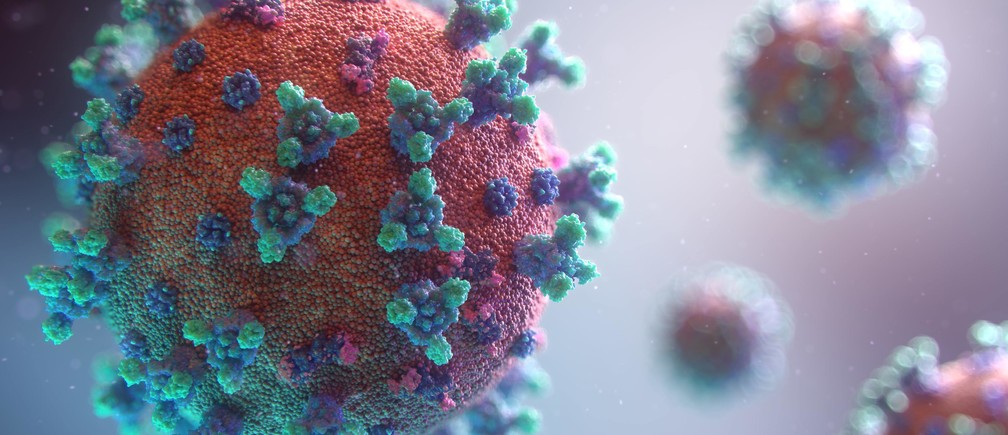The rapid person-to-person spread of Covid-19 has forced restaurants to modify the way they operate in so many ways. With masked servers, tables spaced several feet apart, plexiglass walls, the changes in the way restaurants are designed now are inevitable. A whole new set of restrictions greatly influence restaurant design changes as operators need to come up with creative ways on how to re-open while adhering to the new normal.
Here are some of the restaurant design changes that should be considered and re-examined to improve restaurant experience and strengthen consumer confidence.
Improve Your Outdoor Space
The rampant spread of coronavirus makes it not ideal for restaurants to re-open their indoor dining. So most restaurants now are taking advantage of their previously unused outdoor spaces. Creating a safer space for both guests and restaurant workers is of topmost priority. Restaurant operators should also be keen in asking the government for permission to utilize streets and sidewalks (if possible) even on weekends as part of their outdoor dining.
Enhancing Indoor Air Quality Using a Modified Mechanical System Design
Implementing restaurant design changes include having good design practices in mechanical systems – using industry standards but enhanced systems and equipment. This means having better designs for filtration and ventilation and a proper airflow relation. Coding minimum ventilation rates while enhancing ventilation rates are all geared towards the reduction of the virus spread. The “Dilution if the Solution” principle should be applied as this increases the amount of outside air to make the pollutant in the space more diluted. The sources of outside air should also be considered and make sure that there are proper clearances for outside air from other building exhaust sources like the toilet or grease exhaust. From dining location to kitchens and restrooms to delivery and pick-up spaces, the airflow within all spaces in the restaurant should have cleaner to dirtier sources. Apart from enhancing ventilation, the air filters must also be upgraded with higher rated MERV (minimum efficiency reporting value). A higher filtration rate makes the air cleaner as air filters work via filtering out the particulate where airborne pollutants are attached to.
Ensuring Social Distancing via Creative Means
A lot of restaurant operators now have implemented creative means of ensuring social distancing as part of their restaurant design changes. There are restaurants who have been using stuffed animals and mannequins to ensure that people won’t sit too close together. Others have installed plexiglass barriers between tables. The changing times indeed call for creativity and this is evident in the series of mini greenhouses that Mediamatic Foundation’s Eten restaurant has innovated. They put these mini greenhouses that can accommodate small groups of up to four guests alongside a canal to keep diners safely distanced from other guests and servers. What is fascinating about this design is that in the evening, the mini greenhouses seem to glow and a romantic atmosphere is being created that guests would surely enjoy in the midst of the pandemic.
Minimalist Design Concepts
A number of restaurants have started implementing minimalist design concepts as part of their restaurant design changes such as removing the conventional decorations (flowers, tablecloths, lamps, candles) or anything that would just add to those that need to be disinfected all the time. Bare tables with QR codes allowing restaurant guests to load the menus directly on their mobile phones have become a culture for dine in services. Contactless is the name of the game and with the use of QR codes, it is now possible for diners to check on the menu, order and pay via their smartphones. We are expected to see more of this kind of technological advancement in the restaurant industry as response to the pandemic.

